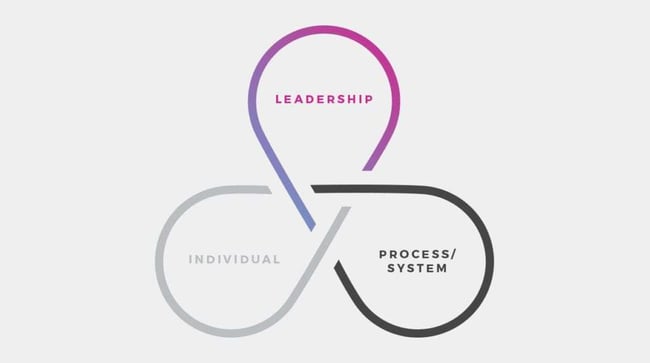i have a little black book.
in this little black book are lots of circles, horizontal axes, vertical axes, shapes, curves, lines and the odd word scattered here and there.
i stumbled upon this book in urban outfitters when i stopped in, to buy myself some instant film for my toy camera. it was one of those quick-glance-quick-flip-quick-buy numbers. the kind you anticipate to eventually chuck out. but boy was i wrong about this baby. fast forward 9 years and it’s pages are worn in places from use!
DISCOVERING A MODEL FOR THINKING
my little book is a book of models. models for many things. models for anything. models for nothing. but all the models accomplish one thing very well: they make me think.
i started referencing this black book fervently in the very early days of my very first startup when alan ryan, justin knecht, eddie johnston and i were building a learning network to track postgraduate research in real-time. i found myself turning its pages when i couldn’t clearly think through an issue or a hurdle; and speaking to people was not yielding mental breakthroughs either. it became a genuine problem-solving-bible of sorts.
flip to the index. fingers run down the page:
… neural rewiring
… product adoption
… step-parenting
… vehicle fatigue
… wave motions
and somehow each time, my problem is succinctly captured in one of the quirky models i decide to explore.
A NEW TYPE OF PROBLEM
fast forward … startup no 4 and the idea has taken off beyond conceptual phase and it’s no longer hurdles around startup challenges we’re scrambling to solve … it’s in fact an entirely new type of problem, a problem i’ve never encountered before.
the problem is “how to think thoroughly.”
groups, over time, dissolve towards their lowest common denominator. so when a group encounters a challenge, if it does not have the mental tools to thoroughly work through the problem, it will dissolve towards the easiest form of resolution, put forward, by the strongest voice in the group.
THOROUGHNESS IN THINKING
do the maths behind this: as a startup grows, each additional team member adds the risk of bad thinking. or very good thinking.
one could argue that diversity in thinking trumps this.
i would argue in return that diversity in thinking is different to thoroughness in thinking. diversity alone is not enough to yield a good result. diversity, in addition to thoroughness in thinking, will yield superior results.
it therefore becomes imperative for the startup who wants to build for the long term, to develop and train the team, in a model, for thoroughness in thinking. hiring and retaining correctly will solve for the diversity variable.
thoroughness will be defined differently for each group, as it will be related to the problem, it is solving for its clients.
THE SCIENCE BEHIND CHANGE AS A FRAMEWORK
within WNDYR we have chosen to root our collective thoroughness model in the science of change. we have chosen this because change is what we trade: it is what we enable our clients to traverse day in and day out. so understanding what research teaches us, constitutes the most successful change, becomes the foundation of all the work we do.
researchers such as van vuuren, pretorius, and kreuger, along with organisations like mckinsey, and authors like gibbons, have researched change within organizations through various lenses:
- turnaround change
- growth change
- human change
- entrepreneurial change
in the research three common factors emerge:
- leadership
- system/process
- individual

these three factors all need to be enabled on their own, to bring about effective change. they also need to be enabling the overall change, as it is happening, in order for change to be sustainable in the long term.
if one of these factors is not present within the change cycle, the change will appear successful at certain levels but over the long term it will stagnate and die, or it will fail fast, returning the group to the original status quo.
so when we as a WNDYR team encounter a challenge, we bring our diversity in experience, culture, race, language, gender and thinking into the room, but together we structure our resolution across these three layers to ensure we are thoroughly exploring each problem and its consequent solution.
quick lightweight example:
problem:
toddler, otto, wants ice cream. daddy doesn’t have any ice cream in the freezer at work.
solution:
daddy as leader decides to go to an ice cream shop (leadership action)
ice cream shop owner has mixed up delicious natural flavours and displayed them in the fridge for selection (a process and system of ice cream making that enables toddler happiness)
individual little otto allows himself to be taken away from his toy cars, strapped into the car, to take a 10-minute drive to the ice cream shop (individual enablement)
this same simplistic narrative can be translated to highly complex problems and it can yield thoroughness in group solution-finding.
at WNDYR we like things simple. we like things that bring everyone along.
our thinking framework is embedded into our design solutions and into the products we are building for our clients, who are navigating significant change, inside their teams and organizations.
i might ask the publisher of the little black book, to add a model for change, with the next print run …